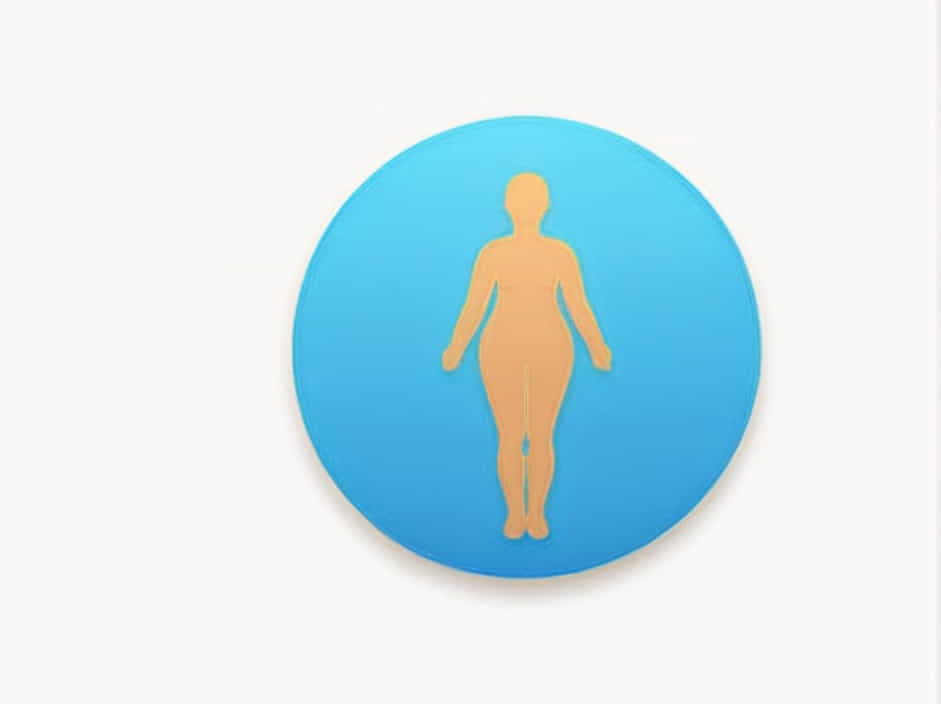The vagina is a crucial part of the female reproductive system. It serves as the passageway from the uterus to the outside of the body, playing essential roles in menstruation, childbirth, and sexual intercourse. This muscular and flexible canal is designed to accommodate various functions while maintaining a self-cleaning and protective environment.
In this topic, we will explore the anatomy, functions, health concerns, and care of the vagina in an easy-to-understand manner.
Anatomy of the Vagina
The vagina is a muscular tube that connects the cervix (lower part of the uterus) to the vulva. It is typically about 3 to 4 inches (7.5 to 10 cm) long but can expand significantly, especially during sexual activity and childbirth.
Where is the Vagina Located?
- It lies inside the pelvic region, behind the bladder and in front of the rectum.
- The opening of the vagina is visible externally, surrounded by the labia (outer folds of the vulva).
Layers of the Vaginal Wall
The vaginal wall consists of three main layers:
- Mucosal Layer – A soft, moist lining that produces natural lubrication and helps prevent infections.
- Muscular Layer – Made of smooth muscles that allow flexibility and expansion.
- Fibrous Layer – Provides structural support and elasticity.
Functions of the Vagina
The vagina serves several important reproductive and protective functions.
1. Birth Canal During Childbirth
- During labor, the vagina expands to allow the baby to pass through.
- The walls of the vagina stretch significantly due to their elastic and muscular structure.
2. Menstrual Passageway
- Each month, if pregnancy does not occur, the uterus sheds its lining, and the menstrual blood exits through the vagina.
- The vagina plays a key role in the self-cleaning process, flushing out blood and tissues naturally.
3. Facilitates Sexual Intercourse
- The vagina is designed to accommodate penetration during intercourse.
- It naturally produces lubrication to reduce friction and discomfort.
4. Protection Against Infections
- The vagina has a self-cleaning mechanism that helps maintain a healthy pH balance.
- Good bacteria (Lactobacilli) help fight off infections by preventing the growth of harmful bacteria.
Common Vaginal Health Concerns
Several conditions can affect vaginal health, causing discomfort, irritation, or medical complications.
1. Bacterial Vaginosis (BV)
- Cause: Imbalance of natural vaginal bacteria.
-
Symptoms:
- Unusual grayish-white discharge.
- Fishy odor, especially after intercourse.
- Itching or mild irritation.
-
Treatment:
- Antibiotics prescribed by a doctor.
- Maintaining proper hygiene and avoiding douching.
2. Yeast Infections (Candidiasis)
- Cause: Overgrowth of a fungus called Candida.
-
Symptoms:
- Thick, white cottage cheese-like discharge.
- Intense itching and burning.
- Redness and swelling around the vaginal area.
-
Treatment:
- Over-the-counter antifungal creams or prescription medications.
- Wearing breathable cotton underwear to reduce moisture.
3. Sexually Transmitted Infections (STIs)
-
Common STIs Affecting the Vagina:
- Chlamydia, Gonorrhea, Trichomoniasis, Genital Herpes, HPV.
-
Symptoms:
- Abnormal discharge with a strong odor.
- Painful urination or intercourse.
- Sores, itching, or irritation.
-
Treatment:
- Some infections require antibiotics or antiviral medications.
- Practicing safe sex by using condoms reduces the risk.
4. Vaginal Dryness
- Cause: Often due to low estrogen levels, common during menopause, breastfeeding, or stress.
-
Symptoms:
- Discomfort during intercourse.
- Itching or burning sensation.
- Increased risk of irritation or infections.
-
Treatment:
- Water-based lubricants and vaginal moisturizers.
- Estrogen therapy (if recommended by a doctor).
5. Pelvic Organ Prolapse
- Cause: Weakening of the pelvic floor muscles, often due to childbirth, aging, or heavy lifting.
-
Symptoms:
- A feeling of pressure or bulging in the vagina.
- Difficulty urinating or having bowel movements.
-
Treatment:
- Kegel exercises to strengthen pelvic muscles.
- In severe cases, surgery may be required.
How to Maintain Vaginal Health
Keeping the vagina healthy requires proper care, hygiene, and lifestyle choices.
1. Practice Good Hygiene
- Wash with mild, unscented soap and warm water.
- Avoid douching, as it disrupts the natural pH balance.
- Wipe from front to back to prevent bacterial infections.
2. Wear the Right Clothing
- Choose breathable cotton underwear to keep the area dry.
- Avoid tight-fitting clothing that can trap moisture and promote bacterial growth.
3. Stay Hydrated and Eat a Balanced Diet
- Drinking plenty of water helps maintain natural lubrication.
- Eating probiotic-rich foods (like yogurt) promotes good bacteria.
4. Practice Safe Sex
- Use condoms to prevent STIs.
- Get regular sexual health checkups.
5. Strengthen Pelvic Muscles
- Kegel exercises help improve muscle tone and prevent prolapse.
- Engage in regular physical activity to support overall reproductive health.
6. Visit a Gynecologist Regularly
- Schedule routine checkups for Pap smears and STI testing.
- Seek medical attention for unusual symptoms like pain, bleeding, or odor.
The vagina is a vital passageway from the uterus to the outside of the body, playing essential roles in reproduction, childbirth, and overall health. Maintaining good hygiene, practicing safe sex, and seeking medical care when necessary can help keep the vagina healthy and functioning properly.
Understanding how the vagina works and taking proactive steps to care for it can prevent common infections, discomfort, and long-term complications. If you experience any unusual symptoms, consulting a healthcare professional is always recommended.
